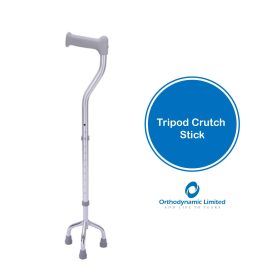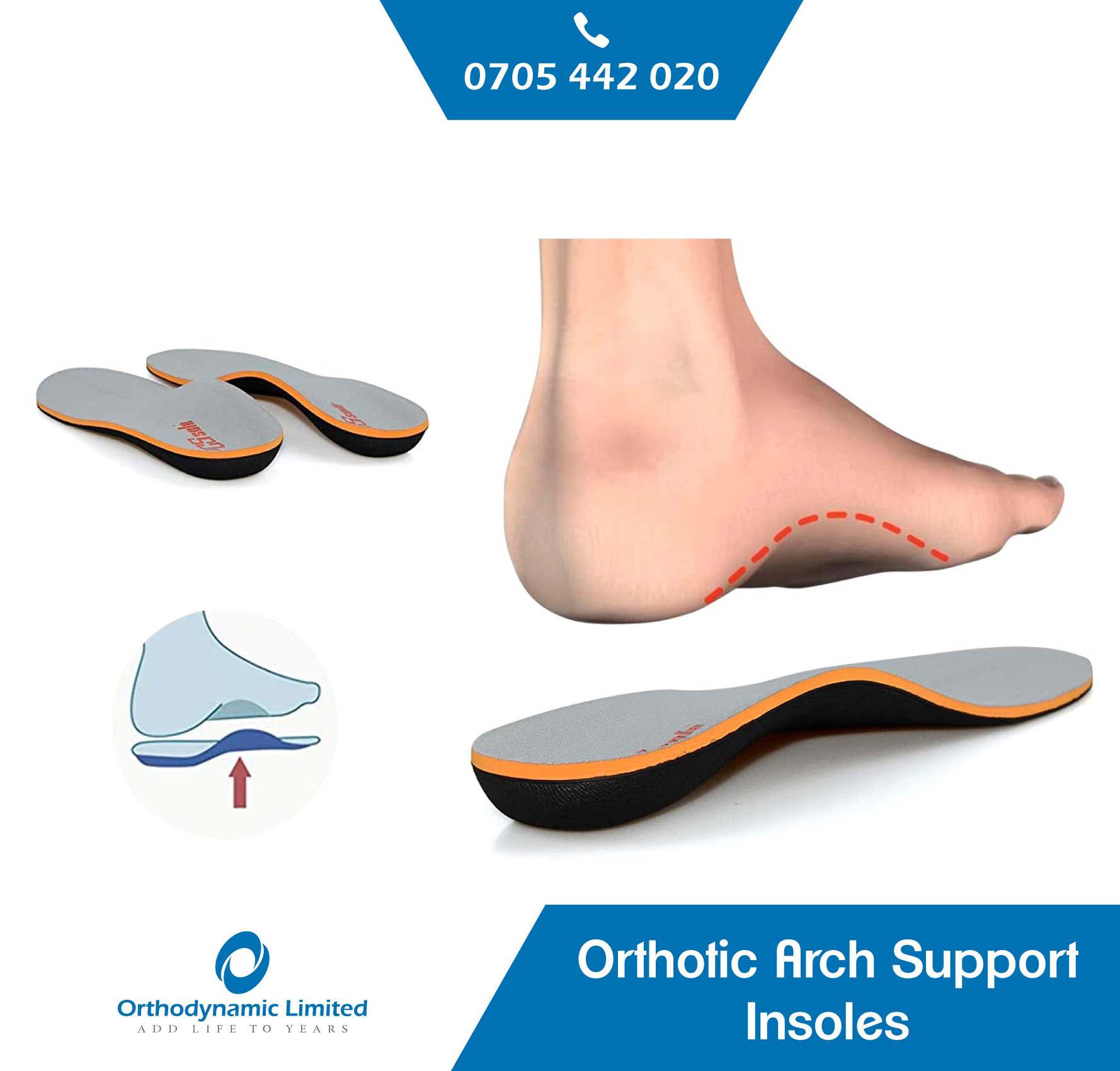Wheelchairs
Wheelchairs are chairs with wheels, used when walking is difficult or impossible due to illness, injury, or disability. Wheelchair Variety comes in different formats to meet the specific needs of their users. They may include specialized seating adaptions, individualized controls, and may be specific to particular activities, as seen with sports wheelchairs and beach wheelchairs. The most widely recognized distinction is between powered wheelchairs (“powerchairs”), where propulsion is provided by batteries and electric motors, and manually propelled wheelchairs, where the propulsive force is provided either by the wheelchair user/occupant pushing the wheelchair by hand (“self-propelled”), or by an attendant pushing from the rear (“attendant propelled”).
Wheelchairs Variety from us
Manual self-propelled wheelchairs
A self-propelled manual wheelchair incorporates a frame, seat, one or two footplates (footrests) and four wheels: usually two caster wheels at the front and two large wheels at the back. There will generally also be a separate seat cushion. The larger rear wheels usually have push-rims of slightly smaller diameter projecting just beyond the Tyre; these allow the user to manoeuvre the chair by pushing on them without requiring them to grasp the tyres. Manual wheelchairs generally have brakes that bear on the tyres of the rear wheels, however, these are solely a parking brake and in-motion braking is provided by the user’s palms bearing directly on the push-rims.
Manual attendant-propelled wheelchairs
An attendant-propelled wheelchair is generally similar to a self-propelled manual wheelchair, but with small diameter wheels at both front and rear. The chair is manoeuvred and controlled by a person standing at the rear and pushing on handles incorporated into the frame. Braking is supplied directly by the attendant who will usually also be provided with a foot- or hand-operated parking brake.
These chairs are common in institutional settings and as loaner-chairs in large public venues. They are usually constructed from steel as the lightweight is less of a concern when the user is not required to self-propel.
Specially designed transfer chairs are now required features at airports in much of the developed world in order to allow access down narrow airliner aisles and facilitate the transfer of wheelchair-using passengers to and from their seats on the aircraft.
Powered wheelchairs
An electric-powered wheelchair, commonly called a “powerchair” is a wheelchair which additionally incorporates batteries and electric motors into the frame and that is controlled by either the user or an attendant, most commonly via a small joystick mounted on the armrest, or on the upper rear of the frame. For users who cannot manage a manual joystick, head switches, chin-operated joysticks, sip-and-puff controllers or other specialist controls may allow independent operation of the wheelchair. Ranges of over 10 miles/15 km are commonly available from standard batteries. Powerchairs are commonly divided by their access capabilities. An indoor-chair may only reliably be able to cross completely flat surfaces, limiting them to household use. An indoor-outdoor chair is less limited but may have restricted range or ability to deal with slopes or uneven surfaces. An outdoor chair is more capable, but will still have a very restricted ability to deal with rough terrain. A very few specialist designs offer a true cross-country capability.
Powerchairs have access to the full range of wheelchair options, including ones which are difficult to provide in an unpowered manual chair but have the disadvantage of significant extra weight. Where an ultra-lightweight manual chair may weigh under 10 kg, the largest outdoor power-chairs may weigh 200 kg or more.
Smaller power chairs often have four wheels, with front or rear wheel drive, but large outdoor designs commonly have six wheels, with small wheels at front and rear and somewhat larger powered wheels in the centre.
Reclining wheelchairs
Reclining or tilt-in-space wheelchairs have seating surfaces which can be tilted to various angles. The original concept was developed by an orthotist, Hugh Barclay, who worked with disabled children and observed that postural deformities such as scoliosis could be supported or partially corrected by allowing the wheelchair user to relax in a tilted position. The feature is also of value to users who are unable to sit upright for extended periods for pain or other reasons. Various designs are now available and wheelchairs with the feature may either tilt the seat-back and leg rests in relation to the seat or may tilt the entire back, seat and leg rest as one, depending on the need of the user. Here are images Of Wheelchair Variety stocked at Othodynamic Ltd
Check Our Wheelchairs


Button Folding Height Adjustable Walker
KSh4,500.00
Add to cart

Walking Crutch stick
KSh1,800.00
Add to cart


Tripod Crutch Stick
KSh1,900.00
Add to cart

Quad cane crutch stick
KSh2,000.00
Add to cart

Rollator walking frame
KSh12,500.00
Add to cart

Commode Seat With Wheels
KSh12,500.00
Add to cart


Standard Wheelchair With Chromed Steel Frame – Manual
KSh12,500.00
Add to cart


Commode Wheelchair With Flip Down Armrests & Detachable Footrests
KSh19,500.00
Add to cart
Visit Our Shop






